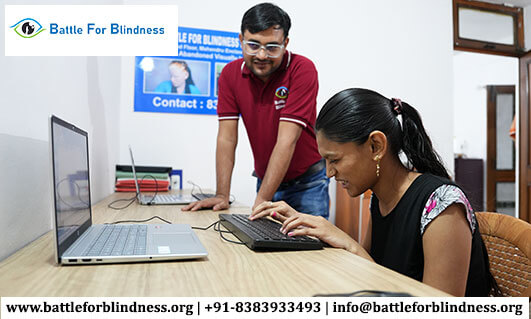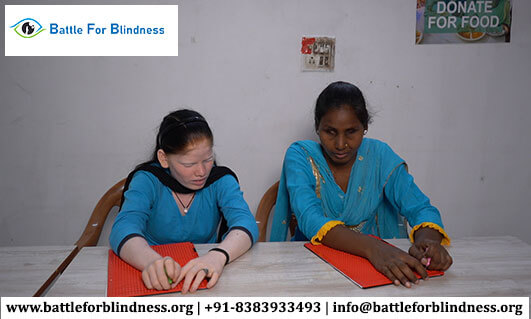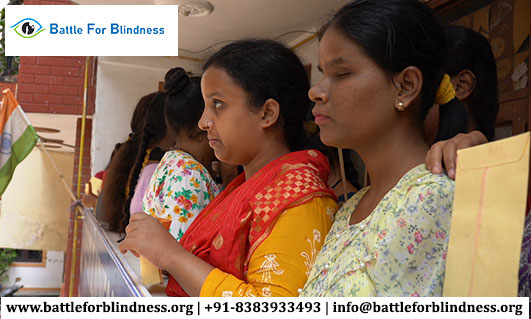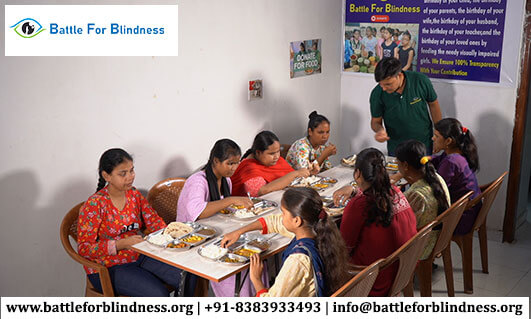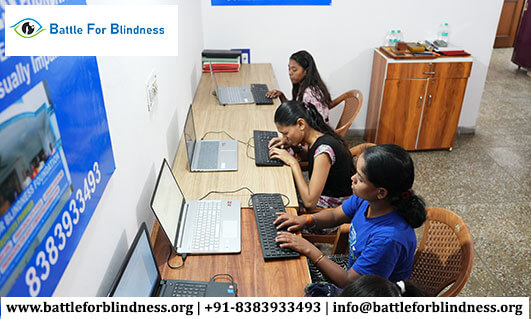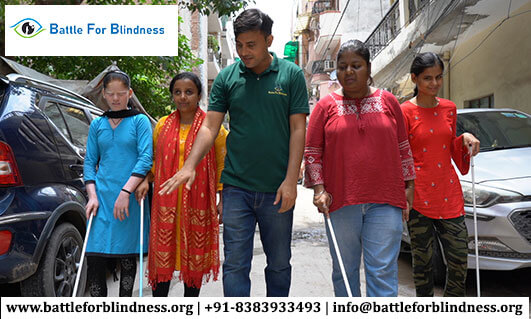
In 2024, education for visually impaired students has evolved dramatically, thanks to innovative assistive technologies that are breaking down barriers to learning. These technologies empower students to access information, engage with educational materials, and build independence in the classroom and beyond. Here’s a look at some of the best assistive technologies that are making education more inclusive for visually impaired students.
1. Screen Readers: VoiceOver, JAWS, and NVDA
Screen readers remain one of the most essential tools for visually impaired students. These programs convert digital text into speech, allowing users to navigate computers, tablets, and smartphones. Among the top choices in 2024 are:
- VoiceOver (for Apple devices) – Known for its intuitive design and deep integration with macOS and iOS, VoiceOver continues to be a leading choice for Apple users.
- JAWS (Job Access With Speech) – One of the most popular screen readers for Windows, JAWS offers advanced features like Braille display support and customizable reading settings.
- NVDA (NonVisual Desktop Access) – As a free, open-source screen reader for Windows, NVDA provides an accessible alternative for users who need powerful functionality without the high price tag.
Each of these screen readers empowers students to access websites, documents, and multimedia content, making learning more seamless.
2. Braille Displays and Notetakers
Braille literacy remains a critical skill for many visually impaired students, and 2024 has seen advances in portable Braille technology. Refreshable Braille displays allow students to read digital text in Braille, while notetakers with built-in Braille keyboards enable students to take notes and write assignments. Two standout devices are:
- The BrailleNote Touch Plus – This notetaker combines the tactile familiarity of a Braille display with the functionality of a tablet. It allows students to write in Braille while accessing apps, reading documents, and browsing the web.
- The Orbit Reader 40 – Known for its affordability and durability, the Orbit Reader 40 offers a cost-effective option for students to read and take notes in Braille.
These devices help bridge the gap between traditional Braille education and modern digital learning.
3. Smart Glasses and Wearable Technology
Wearable technologies have opened new doors for visually impaired students in 2024. Smart glasses, in particular, provide a blend of real-time visual assistance and augmented reality. Devices like the eSight and OrCam MyEye use advanced cameras and software to convert visual information into auditory feedback, allowing students to understand their surroundings and engage with written content.
- eSight – These glasses use enhanced vision technology to amplify the wearer’s remaining sight, allowing visually impaired students to read printed text, see images, and recognize faces.
- OrCam MyEye – A small, portable device that attaches to any pair of glasses, OrCam MyEye reads text aloud from books, whiteboards, and even product labels.
These innovations offer visually impaired students greater autonomy in navigating classrooms and educational materials.
4. Tactile Graphics and 3D Printing
Visual learning is a crucial aspect of education, and tactile graphics are making it possible for visually impaired students to engage with diagrams, maps, and illustrations. 3D printing, in particular, has revolutionized the way students experience complex concepts, from geometry to biology.
- 3D Printed Models – Teachers and students can now create physical models of objects, structures, and scientific concepts, offering tactile experiences that enhance understanding. For example, a 3D-printed model of the human heart allows students to feel and explore the structure of this vital organ.
- Tactile Graphic Software – Software like TactileView converts digital images into tactile diagrams that can be printed on specialized embossers. This technology makes it easier for students to interact with maps, charts, and scientific visuals.
Tactile graphics and 3D models are making abstract concepts tangible for visually impaired students, offering new ways to understand and explore subjects.
5. Accessible Learning Platforms
Online learning platforms have become a cornerstone of modern education, and in 2024, many platforms are now designed with accessibility in mind. Some platforms provide specialized features for visually impaired students, including:
- Google Classroom and Microsoft Teams – Both platforms have enhanced accessibility features, including screen reader support, keyboard shortcuts, and accessible document formats. These tools enable students to participate in virtual classrooms and access assignments independently.
- Khan Academy and Coursera – Popular educational platforms like Khan Academy and Coursera offer accessible video content and provide transcripts and subtitles for visually impaired users. Combined with screen readers, these platforms offer a wealth of educational resources across various subjects.
These accessible platforms empower visually impaired students to access a broad range of educational materials and continue learning at their own pace.
6. AI-Powered Educational Tools
Artificial intelligence (AI) has become a game-changer in assistive technology for visually impaired students. AI-powered tools can provide personalized learning experiences and real-time assistance in navigating complex educational materials. Some key AI-powered tools include:
- Microsoft Seeing AI – This app uses AI to describe surroundings, identify text, and even recognize faces. It provides real-time feedback, making it easier for students to interact with their environment and stay engaged in social settings.
- Envision AI – Similar to Seeing AI, Envision offers a range of features that assist students in reading text, identifying objects, and navigating independently.
AI-powered technologies are transforming how visually impaired students interact with the world, offering greater autonomy and improved access to information.
Conclusion
As technology continues to advance, visually impaired students have more opportunities than ever before to excel in education. The assistive technologies available in 2024—from screen readers and Braille displays to AI-powered apps and 3D printing—are not just tools but gateways to independence, creativity, and academic success. These innovations are leveling the playing field, empowering students to take control of their learning journey and achieve their full potential.
The future of accessible education is brighter than ever, with these cutting-edge tools paving the way for a more inclusive and empowering learning experience for all.
